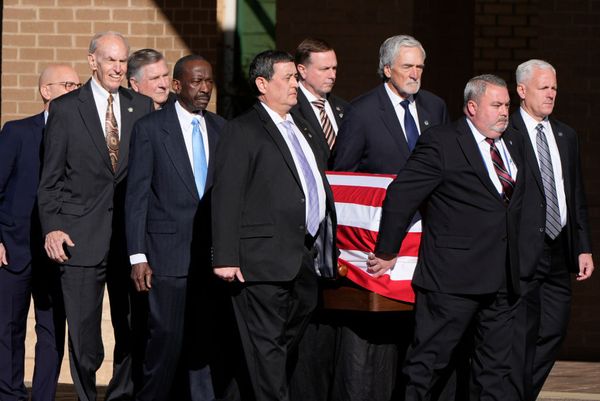
The Australian economy is slowing from its break-neck pace of expansion, according to new data, finally giving the Reserve Bank good reason to shelve interest rate hikes.
The latest unemployment data shows more Australians are now out of work, as the central bank squeezes the economy. As the next chart illustrates, the unemployment rate jumped from 3.5% in March to 3.7% in April, seasonally adjusted, confirming the turning point in the labour market has indeed passed. More people were jobless in April than in March, and of the employed, more people had part-time jobs.
The RBA is concerned with keeping the labour market at a level that doesn’t generate runaway wages growth, which further fuels inflation. The rise in unemployment is a sign that its efforts are working. Higher unemployment means less power for workers and more capacity for employers to find staff without hiking pay.
One reason we have an inflation-targeting central bank at all is that macroeconomists understand there is a relationship between unemployment and inflation: you can easily push the former down by pushing the latter up, but inflation is on more of a lag. The RBA acts as a check on a possible government tendency to deliver low unemployment but not worry about the effect on inflation, which might rise after it’s out of office anyway.
That tendency has been theoretical in recent years, with governments tending to leave the unemployment rate at high levels where there was no risk of rising inflation. We moved away from this stagnant scenario for a few glorious months, but now we are moving back towards it. And even with unemployment at 3.5%, there has been no real sign of a wages breakout.
Indeed, the wage price index out this week confirms wages growth is very much under control.
In the past quarter, wages grew just 0.8%. That’s limp — no better than wages growth a decade ago when the economy was barely puttering along amid the European debt crisis. What’s more, back then inflation was much lower meaning wages growth was positive in inflation-adjusted terms. Now it is negative. People who work are getting worse off.
If you account for inflation, it looks far worse.
The upshot is that expectations about what the RBA will do next are changing. Instead of anticipating another rate rise, the experts are now anticipating a pause.
Lower future interest rates mean a lower Australian dollar, and thus AUD fell this week against the US dollar.
The link here is important to understand: global investors would want to move their money here if interest rates were higher, and would need Aussie dollars to invest here. Their buying activity in currency markets would push up the value of the AUD. But instead this week they will move their money away as they expect interest rates to be lower. As they get out of Aussie assets, they sell their Aussie dollars — which causes our currency to fall.
Indeed the RBA relies on this dynamic to help cool the economy. When it hikes rates, our dollar gets stronger, imports get cheaper and we buy more from overseas and less domestically. That reduces shelf prices on imported goods and also draws away customers from domestic firms, discouraging them from raising prices.
If the housing market traded on the stock exchange, it would have probably jumped a fraction of a percentage point when the weaker unemployment data emerged. A lower chance of interest rate hikes is exactly what buyers want to see as they head into the market. If the RBA decides to leave rates on hold for the rest of the year, expect to see the property market bounce back, at least in terms of volumes traded, if not in terms of prices.
The deceleration of the Australian economy is not going to be achieved in a few months. This is a multi-year process. The RBA and Treasury agree that we will see many more lifts in unemployment before the inflation monster is slain. Can the national mood handle it? Only time will tell.







